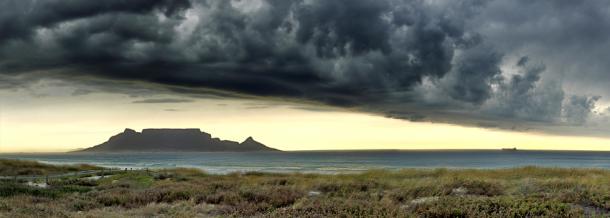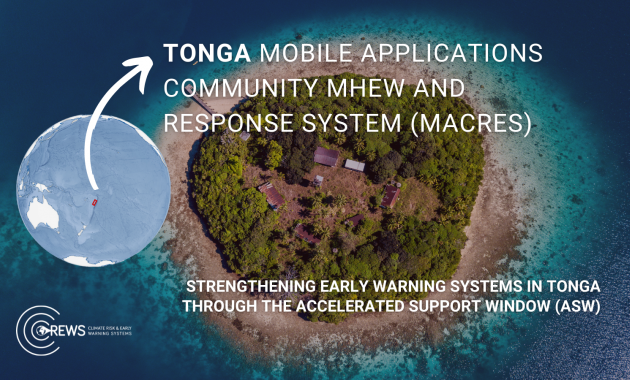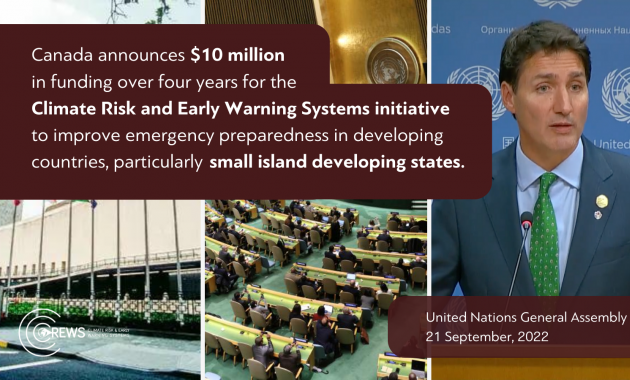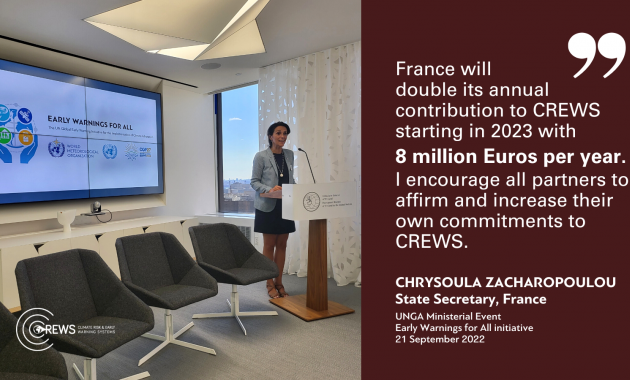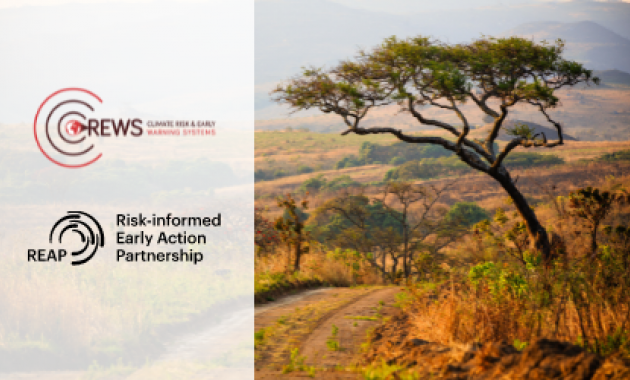With climate change threatening to exacerbate these losses even further, understanding how and when these events form is vital to curb their growing impacts. In response, France, GFDRR, and the World Bank are partnering on a new initiative called Climate Risk and Early Warning Systems (CREWS), which seeks to mobilize more than $100 million by 2020. The program aims to fill in the gaps around the globe for hydromet services, and bring existing systems to scale – especially in the least developed countries and small island states, where the risk and impact on the poor is highest.
Read more...
